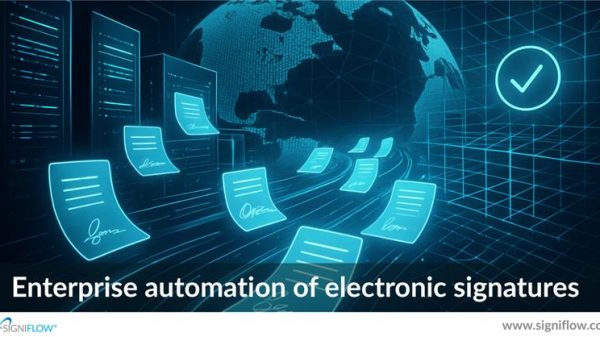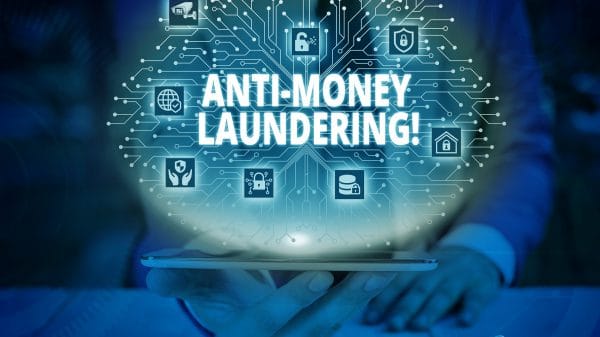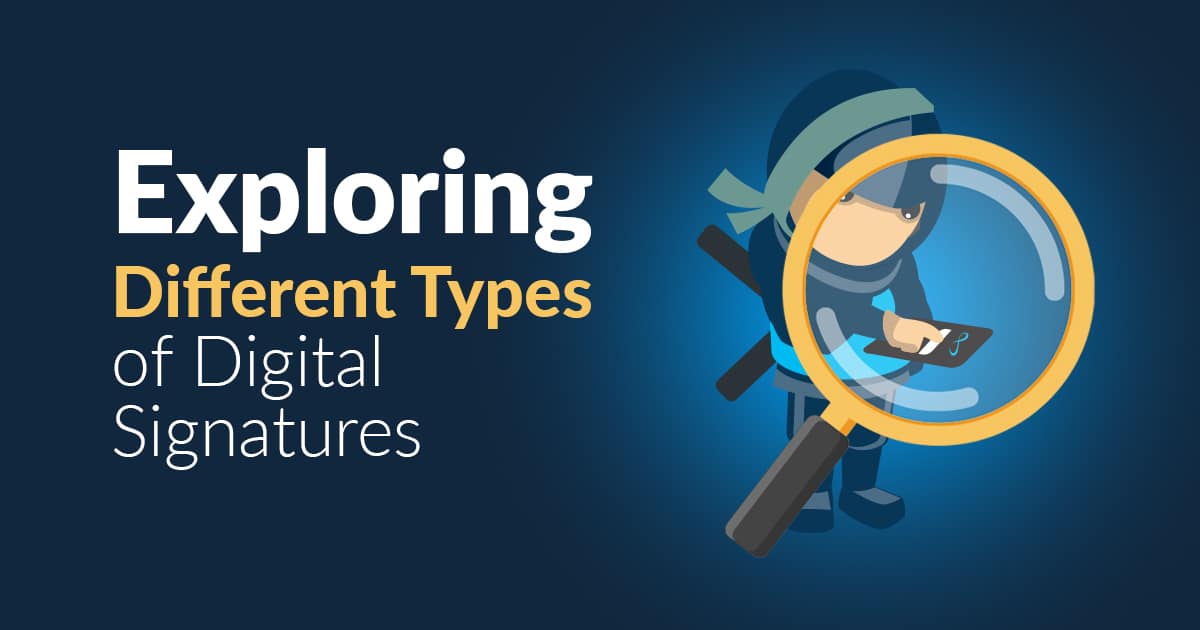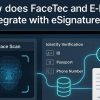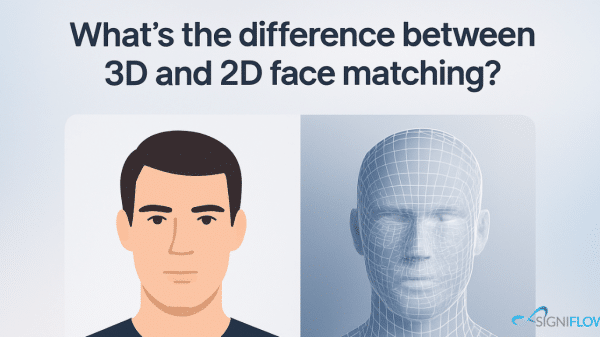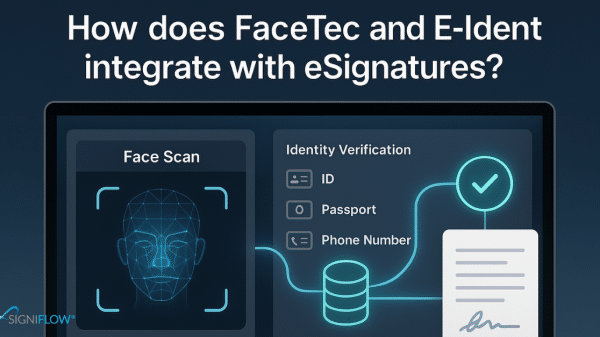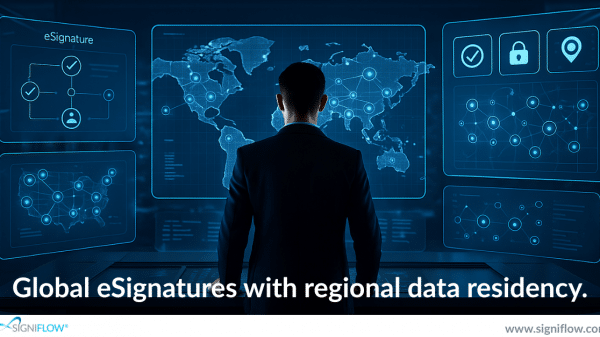Digital signatures play a crucial role in modern document authentication, ensuring security and integrity in various online transactions. Among the different types of digital signatures available, AES (Advanced Electronic Signature), QES (Qualified Electronic Signature), and SES (Standard Electronic Signature) stand out.
AES, a basic form of digital signature, offers a level of security suitable for everyday transactions, while QES, a more advanced form, holds legal significance and meets stringent regulatory requirements. SES, on the other hand, provides a streamlined solution for routine document signing needs.
Understanding AES, QES and SES Digital Signatures
Understanding the distinctions between these types of digital signatures is essential for businesses and individuals alike to choose the most appropriate method for their specific requirements. Whether it’s the robust encryption of AES, the legal validity of QES, or the convenience of SES, digital signatures continue to revolutionize the way documents are authenticated and transactions are conducted in the digital age.
Let’s take a closer look at the different digital signatures:
1. Advanced Electronic Signature (AES)
Advanced Electronic Signature (AES) is a type of digital signature that offers a higher level of security and integrity compared to basic electronic signatures. It is designed to uniquely identify the signer, ensure the integrity of the signed document, and detect any alterations made to the document after signing.
How AES Works:
AES utilises cryptographic algorithms to create a unique digital fingerprint of the signed document, known as a hash. This hash is then encrypted using the signer’s private key, creating a digital signature. The signed document, along with the digital signature, can be verified using the signer’s public key, confirming the authenticity and integrity of the document.
Key Features and Benefits:
- Security: AES employs robust encryption techniques to protect the integrity and confidentiality of digitally signed documents.
- Non-repudiation: Signers cannot deny their involvement in the digital signature process, providing legal validity and accountability.
- Compliance: AES meets the stringent requirements of various regulations and standards, including eIDAS (Electronic Identification, Authentication, and Trust Services) in the European Union for digital signatures.
- Efficiency: AES enables swift and paperless digital document signing processes, reducing administrative overhead and enhancing productivity.
Common Applications and Use Cases:
- Contracts and agreements: AES is widely used in legal, financial, and business transactions to digitally sign contracts, agreements, and other legally binding documents.
- Regulatory compliance: Organisations in regulated industries, such as healthcare and finance, leverage AES to ensure compliance with industry-specific regulations and standards related to digital signatures.
- Remote and digital transactions: With the rise of remote work and digital transactions, AES facilitates secure and seamless electronic signing of documents with digital signatures from anywhere, at any time.
Advanced Electronic Signature (AES) serves as a cornerstone in modern digital transaction management, offering unparalleled security, compliance, and efficiency for digital signatures. Its robust cryptographic mechanisms ensure the authenticity and integrity of digitally signed documents, making it a trusted choice for organisations worldwide.
2. Qualified Electronic Signature (QES)
Qualified Electronic Signature (QES) represents the highest level of assurance and legal validity among digital signatures. It is subject to strict regulatory requirements and standards, ensuring its reliability and trustworthiness in electronic transactions.
Explanation of QES and its Significance
QES is defined by specific regulations and standards, such as eIDAS in the European Union, which establish criteria for electronic signatures to qualify as “qualified.” QES offers the highest level of legal certainty, equivalent to handwritten signatures, making it suitable for contracts, agreements, and other legally binding documents.
Requirements for Qualification
To qualify as QES, electronic and digital signatures must meet stringent requirements, including:
- Use of a qualified certificate issued by a trusted Certification Authority (CA).
- Implementation of secure signature creation devices (SSCDs) to generate and store private keys securely.
- Adherence to technical standards and cryptographic algorithms specified by regulatory authorities.
Legal Validity and Compliance Considerations
QES enjoys legal recognition and presumption of authenticity and integrity under relevant regulations, such as eIDAS in the EU. It provides legal certainty and enforceability to electronically signed documents, ensuring compliance with regulatory requirements and industry standards. QES is a key component in the landscape of digital signatures, offering unparalleled security and legal validity to electronically signed documents.
Examples of Industries or Scenarios:
- Banking and finance: QES is commonly used in financial transactions, loan agreements, and client onboarding processes to ensure compliance with regulations such as the Payment Services Directive (PSD2).
- Healthcare: In the healthcare sector, QES facilitates secure electronic exchange of patient records, medical prescriptions, and consent forms while adhering to data protection regulations like the Health Insurance Portability and Accountability Act (HIPAA).
Qualified Electronic Signature (QES) is the gold standard in digital signature technology, offering unparalleled legal validity, security, and compliance. Its adherence to regulatory requirements and rigorous standards.
This makes Qualified Electronic Signatures indispensable for organisations operating in regulated environments and seeking the utmost trust and reliability in digital transactions.
3. Standard Electronic Signature (SES)
Standard Electronic Signature (SES) represents the most basic form of digital signature, providing a convenient and accessible solution for digital document signing. Unlike AES and QES, SES does not require advanced cryptographic mechanisms or regulatory compliance, making it suitable for a wide range of everyday transactions.
Overview of SES and its Characteristics
SES encompasses various electronic signature methods, such as typed signatures, scanned signatures, or clicking “I agree” checkboxes. It is characterised by its simplicity, ease of use, and widespread adoption in digital transactions across different industries and applications. SES represents one of the fundamental forms of digital signatures, offering a convenient and accessible solution for document authentication in the digital realm.
Comparison with AES and QES
Unlike AES and QES, which offer higher security and legal validity levels, SES lacks the same level of assurance and regulatory compliance. While SES may suffice for informal agreements, it may not be suitable for contracts or documents requiring legal enforceability and compliance with specific regulations. Understanding the differences between these types of digital signatures is crucial for ensuring appropriate security and compliance in electronic transactions.
Use Cases Where SES is Appropriate:
- Online forms and agreements: SES is commonly used in online forms, consent agreements, and user agreements on websites and digital platforms.
- Internal documents and communications: Within organisations, SES may be used for internal memos, approvals, and non-sensitive documents that do not require legal validation.
- Informal agreements: SES is suitable for informal agreements, such as personal agreements between individuals or casual business transactions.
Advantages and Limitations of SES
Advantages
- Convenience: SES offers a quick and hassle-free method for signing digital documents, eliminating the need for printing, scanning, or mailing.
- Accessibility: SES can be accessed and utilised by individuals with basic digital skills, making it inclusive and user-friendly.
Limitations
- Legal validity: SES may not provide the same level of legal validity and enforceability as AES or QES, raising concerns about authenticity and integrity in certain contexts.
- Security: SES lacks the advanced cryptographic features of AES and QES, making it more susceptible to fraud or tampering.
Standard Electronic Signature (SES) serves as a practical and accessible solution for digital document signing in various everyday transactions. While SES offers convenience and simplicity, organisations and individuals should assess their specific needs and requirements to determine whether SES, AES, or QES is the most appropriate choice for their digital signing needs. Understanding the distinct advantages and security features of each type of digital signature is essential for making informed decisions in electronic document authentication.
In conclusion, electronic signatures have revolutionised the way we handle document signing, offering efficiency, security, and convenience in digital transactions. Understanding the different types of electronic signatures is essential for navigating the complexities of electronic document management and ensuring legal validity and compliance.



